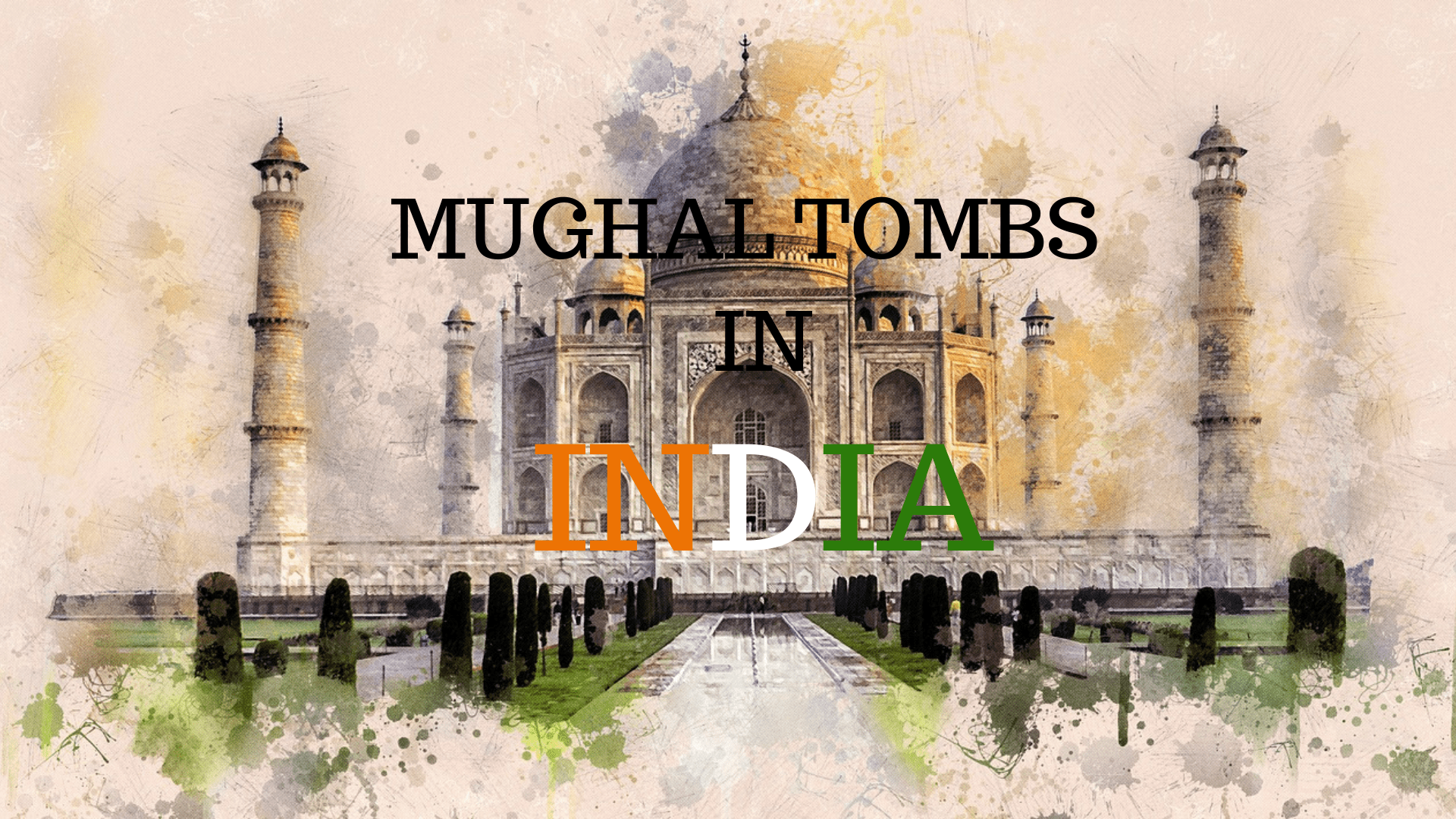Tombs or mausoleums are Muslim qabars or graves preserving the name and memory of the dead. They were the most popular during the Mughal period when they were largely constructed for members of royal family unlike earlier times when they were associated with the graves of religious figures.
There are a few tombs like Bibi ka Maqbara, Taj Mahal, Humayun’s Tomb, Tomb of Akbar, etc. that reveal that these Mughal tombs have been built according to certain Quranic references. The concept of paradise and Charbagh seems to be central to the decoration of these tombs and both of them seem to have a mention in the Quran. This is something that we will be getting into later, let’s first talk about a few tombs that these Mughals have left behind them for us to preserve.
Bibi ka Maqbara

Also known as Dakkhani Taj that is the Taj of the Deccan, Bibi ka Maqbara is a tomb located in Aurangabad and was commissioned by the Mughal emperor Aurangzeb in the beloved memory of his first chief wife Dilras Banu Begum. It has a striking resemblance to Taj Mahal however due to lack of funds it couldn’t be its exact replica as it had been decided earlier. The mausoleum has been laid out in a Charbagh formal garden.
Humayun’s Tomb

Humayun died in 1566 AD after he fell from stairs. Following the death of Humayun his wife Bega Begum during a Hajj pilgrimage vowed to build a mausoleum in his memory. The monument diminished gradually due to lack of maintenance as funds decreased in the royal treasury of Mughal Empire that was on a decline. After British rule was established in India, the surrounding gardens were redesigned according to English style. Though the gardens have been restored back to original style between 1903 and 1909 as a part of a major restoration project. The tomb took around eight years to complete and is placed in the center of 30-acre Charbagh garden which is first of its kind in the South Asian region.
TAJ MAHAL

Immortalizing Mumtaz Mahal, Taj Mahal was built by the Mughal emperor Shah Jahan. The five principal elements of the complex are the main gateway, mosque, jawab (the mirror building to the mosque) mausoleum and the garden. As the tradition says, that Shah Jahan planned to build another tomb to house his remains across the river however he was deposed in 1658 by his son Aurangzeb and was imprisoned for the rest of his life. The complex is set around a large 300-metre square Charbagh.
CHARBAGH AND PARADISE

Certain Mughal tombs, actually most of them including the above mentioned have certain things in similar like its resemblance to the notion of paradise that comes out through the Charbagh garden that surrounds the main building.
The Mughals created gardens both in urban and rural areas for rest and entourage halting places. However, Tomb gardens belong to a different variety and have a more specific role to play that is representing the gardens of Paradise within which depicts the afterlife of deceased.
This garden style came into its own in Mughal ruled India as a variation of the original Charbagh pattern. In the center of the garden is situated the mausoleum at the crossing of four water channels running from the fountain of life which signifies the pairi daeza or the walled palace from which the Persian term paradise comes from. It is believed that if the qabar is placed in such a manner then the deceased is placed in the world eternity.
Thus, these tomb gardens of Mughals are earthly versions of Gardens of Paradise of the Heaven. According to the Quran, the deceased forever dwells in Heaven which is like a garden. In Sutra 55 the description of Heaven is such that there are gardens with trees, springs, every fruit, carpets to rest on. This is a symbolism which helps represent the afterlife in Heaven in such a phenomenal way. Therefore, we may also suggest that Mughal tombs or Mughal mausoleums were built according to certain Quranic references since the depiction of the mausoleum is completely based on the description of afterlife as mentioned in Quran.

